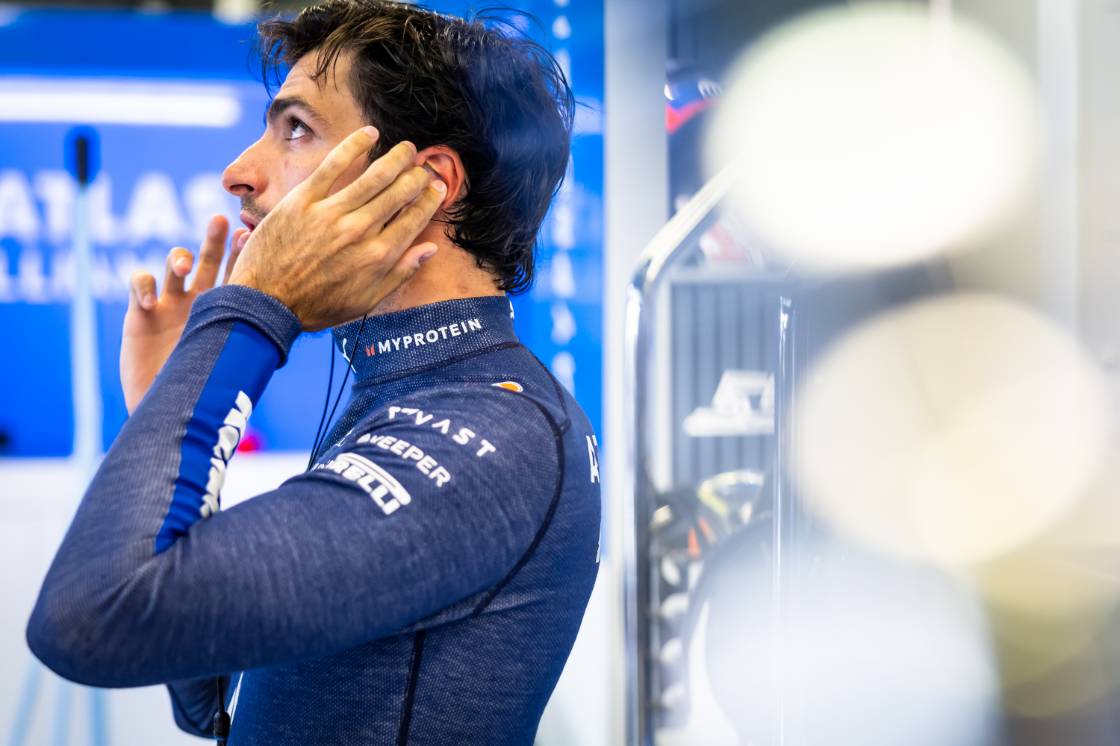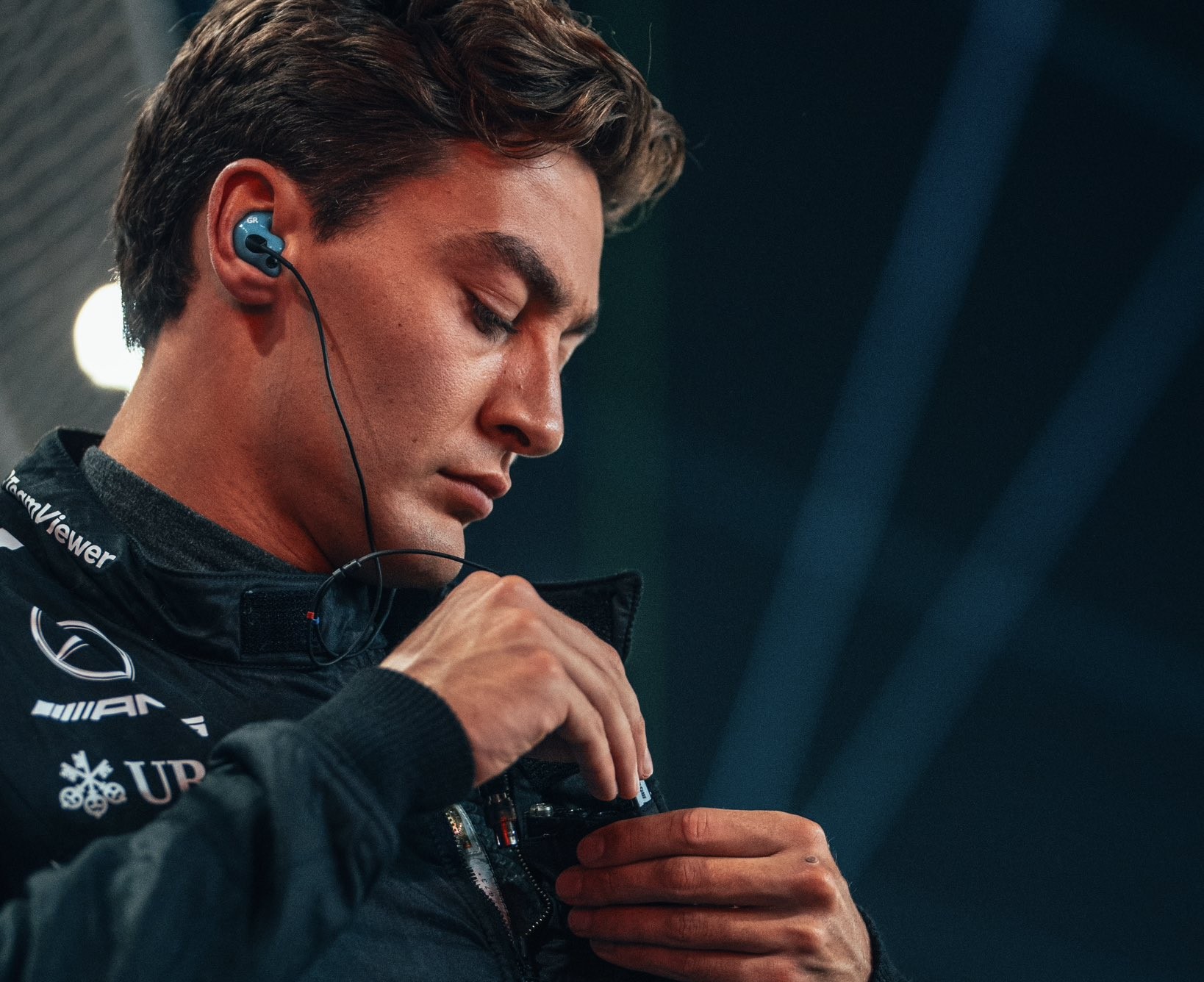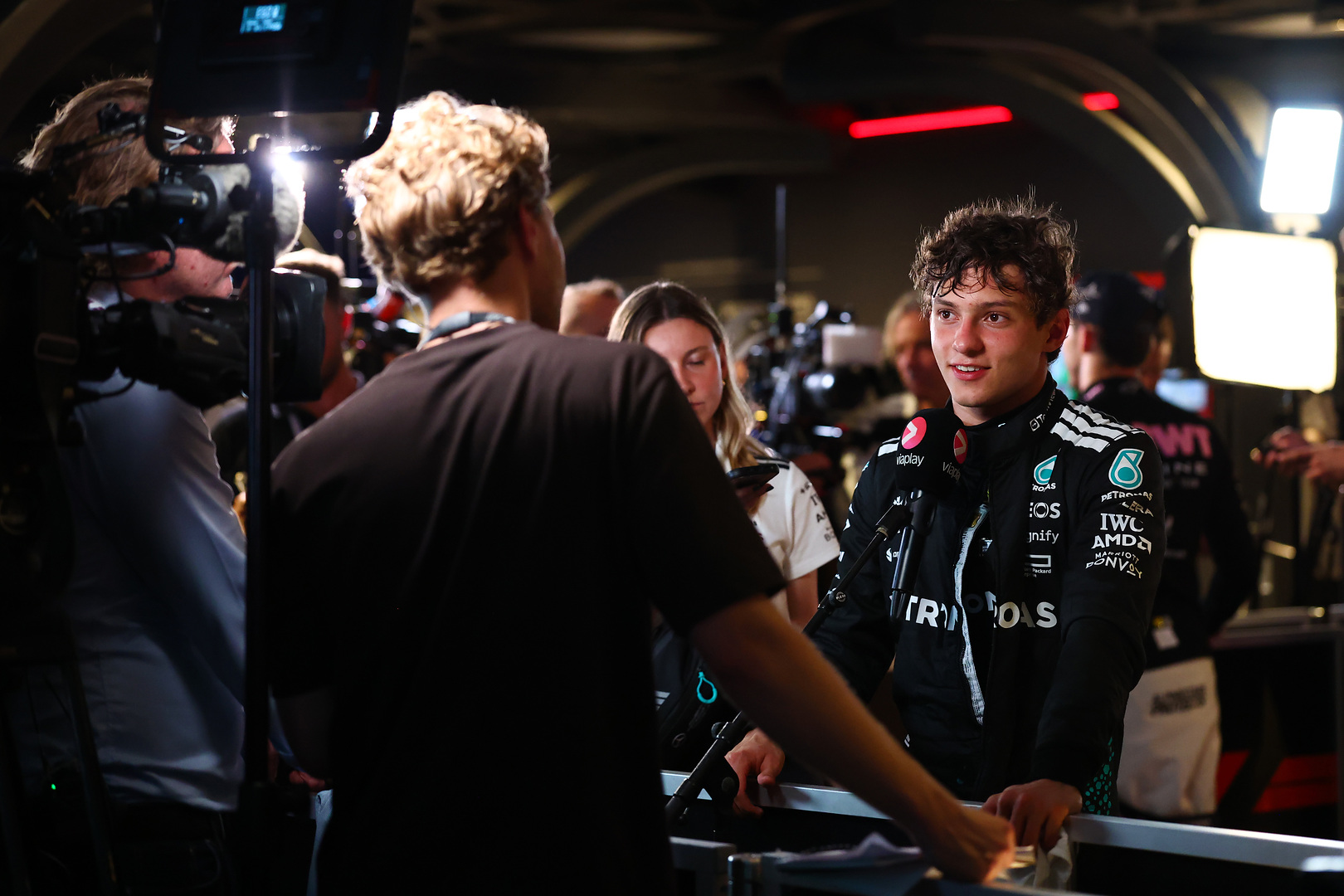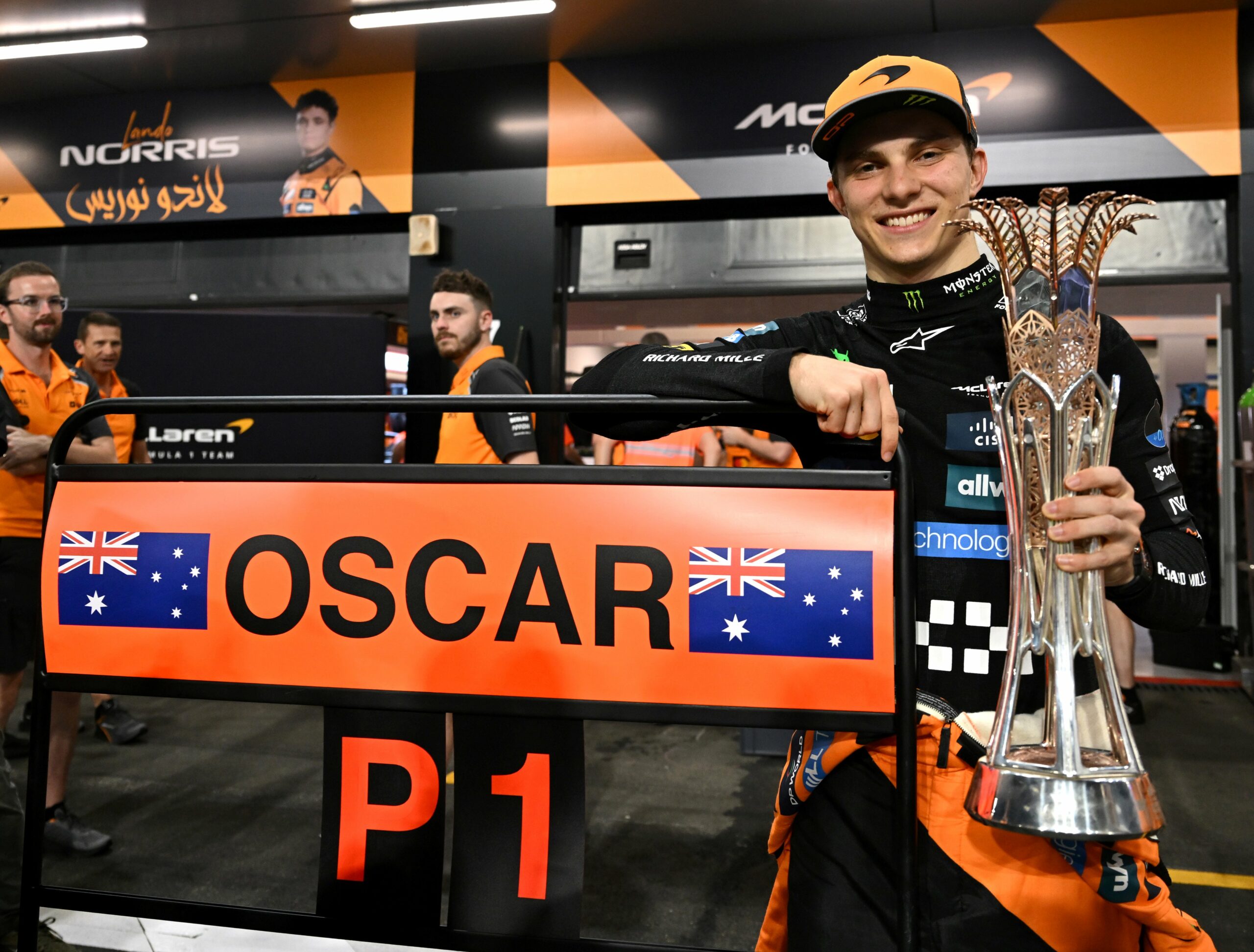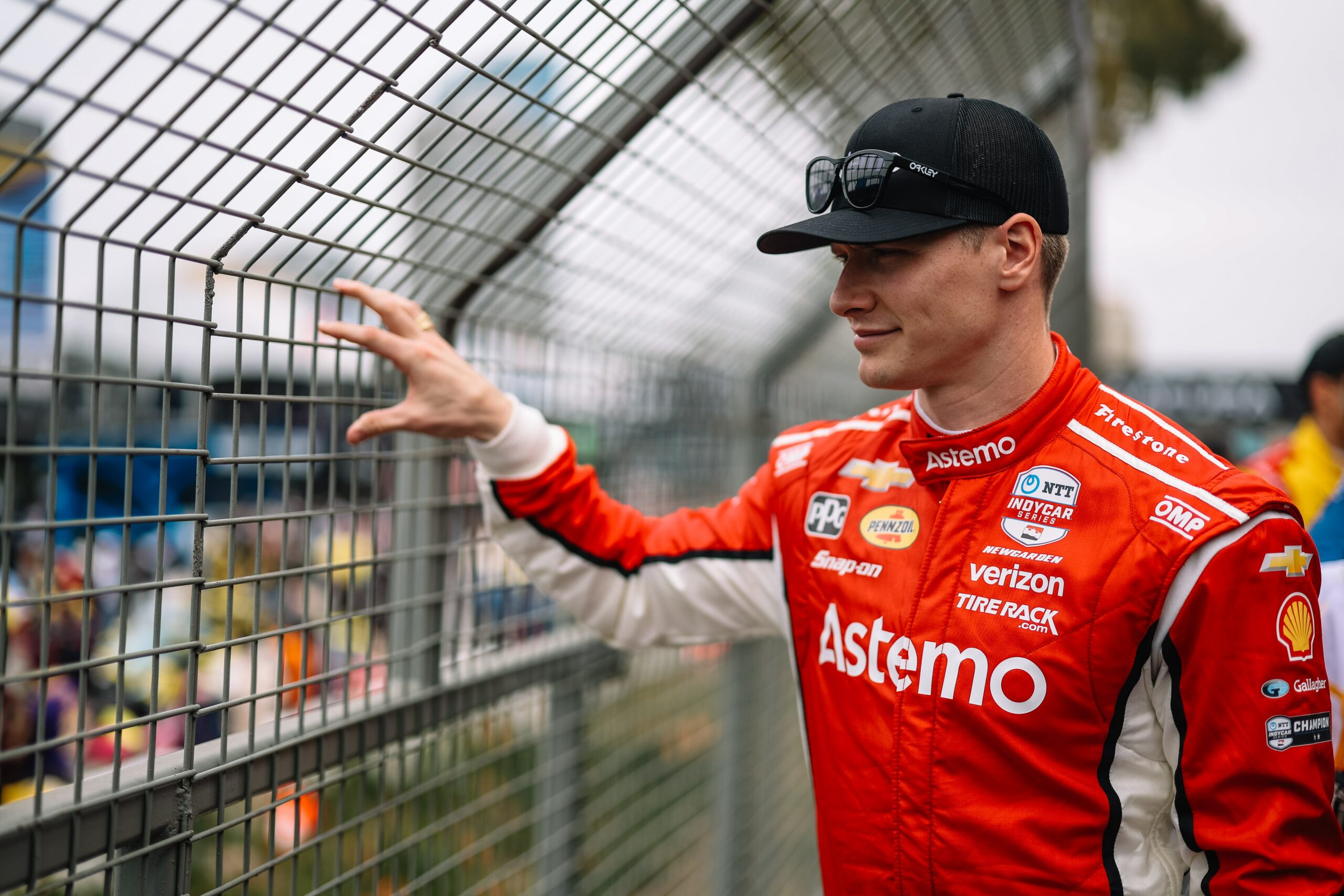Ahead of the F1 Japanese GP, Carlos Sainz reflects on the adjustment process to his new Williams Racing team. Sainz and Williams found significant pace in pre-season testing in Bahrain in February. However, he has struggled to find such pace in his first two outings of the 2025 championship season thus far.
Sainz and his team have theories about where they can improve their pace
4-time Grand Prix winner Carlos Sainz has had a difficult start to his 2025 season with his new Williams team.
At the Australian GP, the Spaniard qualified P10 and crashed on lap one of the race due to a combination of weather conditions and a technical issue. As a Sprint weekend, the Chinese GP did not give the team enough valuable practice sessions to make significant progress. Sainz failed to enter Q3, qualifying P15 and finishing in a decent P10 in Shanghai.
The Spaniard discussed working on certain theories with his team to determine where they can unlock more pace in his FW47.
“I think they remain theories until I do a step on pace and performance. I think if I, this weekend or next weekend, or this next triple header, manage to make a good step in the right direction, that‘s when theories are confirmed. Until then, I will be trying things, trying stuff to find that performance, which comes obviously from the theories that we managed to put together after these 7-10 days.”
Sainz has been working closely with his new team to improve both the car and his driving style to cater to the Williams FW47. He is determined to work toward the root of the issues they face.
“And if not, back to the drawing board, try different things until we keep finding where that lap time is.”
The Spanish driver acknowledges that this union between the driver and team will be an ongoing balance as the season progresses.
“How much can the team help me with the car set-up, and how much I need to dial back on certain things. That’s the kind of compromise you’ll be playing in the next few races with. How much I need to do from my side, how much I can take the car to my side and you’re balancing that act. That process is actually what makes you learn the most about the car.”
New team, new driving style for multi-time Grand Prix winner Carlos Sainz
The Williams driver spoke about the difficulty of unlearning muscle memory from driving cars of years past. Sainz developed a racing style that catered to the Ferrari that he had been racing the past couple of seasons. It’s something Lewis Hamilton is learning at Ferrari.
When asked whether more difficulty came from the car’s set-up or his racing approach, Sainz said it was a mixture of the two.
“I was used to a certain type of car in Ferrari, which just made me end up driving, especially since 2022, in a very specific way, to extract everything about that car. And you fall into habits in your driving that then you apply to the next car. It might work in some corners, but in others, it makes you very weak. And then there’s also a side of setup that can help me drive in the way I like to drive a car. And we’re also working on that, so it’s probably uniting both.”
The FW47 is drastically different from the Ferraris the Spaniard has driven the past couple of seasons. This has caused Sainz to go back to basics in his new Williams car.
“The car has completely different strengths and weaknesses to the car that I used to be driving for three years and adapted for three years and that I was so quick with last year. So that’s more or less the point that you approach a corner in a way, expect the car to do something, and then you need to completely reverse engineer and say, ‘okay, start from zero. This is not the way you approach.’”
The Spaniard explained that deconstructing his old muscle memory was particularly difficult in high-pressure situations.
“To do that in a test is pretty easy because you feel it. But when you put a new set of tyres bang on in qualifying, and you keep attacking, that’s where you need to be extremely disciplined. And that’s what is always going to take a bit of time to adjust and to extract the most out of myself and the car.”
The driver has ample experience adjusting to new teams
Sainz is used to the process of adapting to new cars. Racing for five different teams in his 10 years in F1 has made him a better driver. Having to adjust his approach constantly to be quick in every car has been an important learning experience.
The 30-year-old addressed the pressure to perform in his new role. In his print media session on Thursday, he said that he enjoys the challenge a new car presents.
“For me, it’s fun. It’s fun if you give yourself the time. If you give yourself no time and expect to find it the next race and realise the next race you’ve gone in the wrong direction, you get nervous. You feel the pressure because you get nervous, then it can start building a tough process in your shoulders.
“But if you approach it as give yourself the time because you know there’s lap time to unlock and there’s performance and you know when you unlock it, you’re going to be as quick as you were with any other car. Then it’s fun because you’re going to just put extra learning into your system, and it’s just going to make you a better driver.
“I think one of the reasons that I got to a level that I got last year is because of all those bad experiences of changing teams, going through that process in my past, hating the 2022 car in Ferrari and then realising that by 2023 and 2024 I was as quick as with the 2021 car, loving the McLaren as soon as I jumped in and I didn’t even have to think of any of this and being extremely quick.
“Toro Rosso the same, the Renault I went through a bad experience.”
In his tenth season in Formula One, Sainz believes the consistent adjustment to new teams and the pressure to find pace gives him assurance that he can face this challenge with Williams.
“What has made me cut to this point at 30 [years old] is all those good and bad experiences with each car. That’s why, after 10 years in F1, I have that tranquillity to know if this happens, there’s still time to react.”

